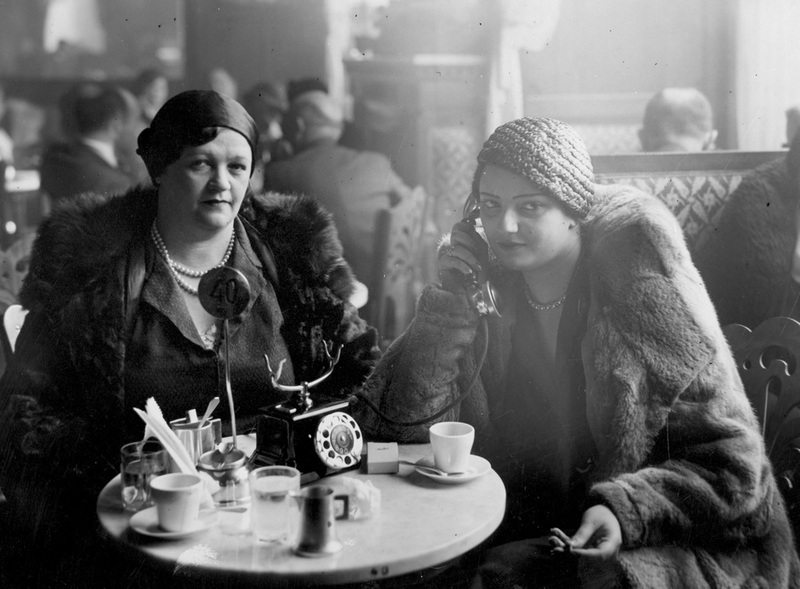On the brink of regaining independence, the cafe inspirations reflected the atmosphere of the time of the partitions. Hence, cities like Lviv and Cracow remained faithful to the Vienna cafe fashion. In time, these differences disappeared and the biggest European metropolises set the newest trends.
Social meeting places
Cafes during the inter-war period served many functions. They were more than just places where you could drink coffee. They were a perfect space for social gatherings; where you could rest, contemplate or go on dates. Their regulars set the fashion and culture trends.
The smell of coffee in a cafe was an integral part of the academic life as well. The best example for that was the Lviv mathematical community with prof. Stefan Banach as the most prominent regular in the city’s cafes. Scientists and researchers liked to spend their time in the “Kawiarnia Szkocka” or “Scotch Cafe”, holding lively academic discussions and solving equations.
The places visited by people of art and culture were especially inspirational. Among the most popular cafes of that type was without doubt the legendary Warsaw “Ziemiańska” or “Landowner’s” cafe. Many art exhibitions and fashion shows took place in another cafeteria in the capital - “Kultura i Sztuka” (“Culture and Art”).
Regulated spaces
The cafes were usually opened in the morning and closed late at night. They were mostly closed at midnight due to the so-called midnight tax. Some places were also open on Sundays. The functioning of cafes was regulated by religious and traditional laws, the clients’ preferences, but first and foremost by a set of regulations. The rules concerned both the interior of the cafes, as well as hygiene and the form of putting the food and drinks on displays. The employees were expected to be well-dressed, with clipped nails.
